What’s the real story behind the haunting of the HCMC Fine Arts Museum?
The HCMC Fine Arts Museum was originally the private residence of a Mr. Hoa, the wealthiest man in Saigon at the time, who also owned other famous buildings about town such as the Majestic Hotel and Tu Du Hospital. Hoa had more than 10 sons but only one daughter, a pretty, charming girl named Hua that he doted on and loved to show off. Gradually as time passed she stopped appearing in public and in the odd quiet nights, neighbors heard moans and cries coming from the mansion. and then one morning Hoa posted a notice announcing the death of his daughter. It stated the cause of death was from a sudden and intense bout of illness. The subsequent funeral was quick and simple, and she was buried in Long Hai, next to the family’s vacation home.
These curious events led to numerous rumors; some said that she went mentally insane and that her father was hiding her out of shame. Others claimed they saw her ghost roaming the house, crying and screaming. and many more recalled seeing a figure in white with long black hair walking inside the house, visible through the villa’s many windows. A maintenance man who was hired to do the wiring described a particular room inside the villa – a beautiful and fully decorated room that also appeared to be a prison because it had padlocks on the outside and a hole was carved into the door where he witnessed servants sneaking food through it. Needless to say, gossip about his story spread, some of it even denying her death. a short while later, another story appeared in print, stating a couple of grave robbers, believing that she was buried with many valuables, had unearthed the daughter’s coffin only to find it empty.
Even a book about the haunting, titled The Ancient Tomb of Hua, was published asserting that the daughter’s real name was Hua Tieu Lan and that she was buried in a tomb next to the Bien Hoa graveyard. It also tells of a soldier named Tinh who stumbled into the graveyard one day and “under the pale moonlight, Tinh saw a white figure walking rounds around the tombstones, her dress fluttering in the wind. An owl cried in the night as though it had spotted the same figure he saw.”
The Truth?
Hoa’s daughter was afflicted with leprosy and despite his search for a cure, he found none. Many of the doctors he asked for help rejected his pleas because of the social stigma associated with leprosy at the time, and also because the disease was still relatively unknown then and highly contagious. Left with no other option, Hoa was forced to quarantine his daughter in a separate room of the villa for the safety of those around her. Eventually, the girl succumbed to her illness.
Despite his great wealth Hoa could not save his beloved daughter, not from death, not even from the pain and torment of the disease. Yet even in death, he did not want to be parted from her. Afraid that she would be lonely in a tomb far away from home, Hoa put her preserved corpse in a granite coffin with a glass lid and kept the coffin inside the same room that harbored her during her sickness.
Image by Adam Robert Young

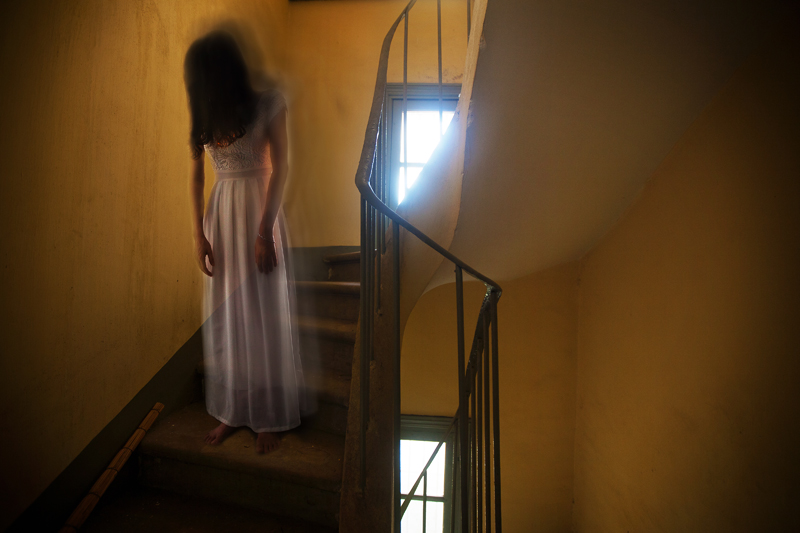
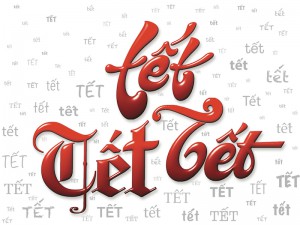
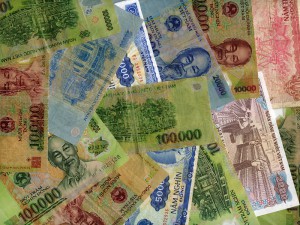
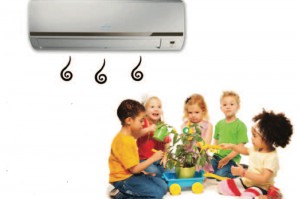
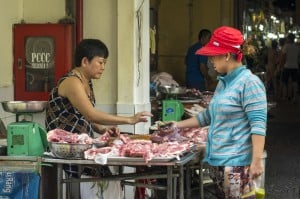
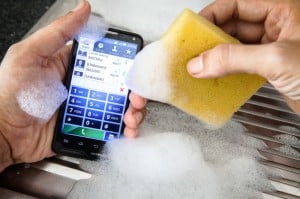


1 thought on “The Myth”
I have been there twice during my 2 months stayed in HCMC (with my black leather man jacket)!!!i found nothing,but feel the unexplainable cool on n off, in 2013.